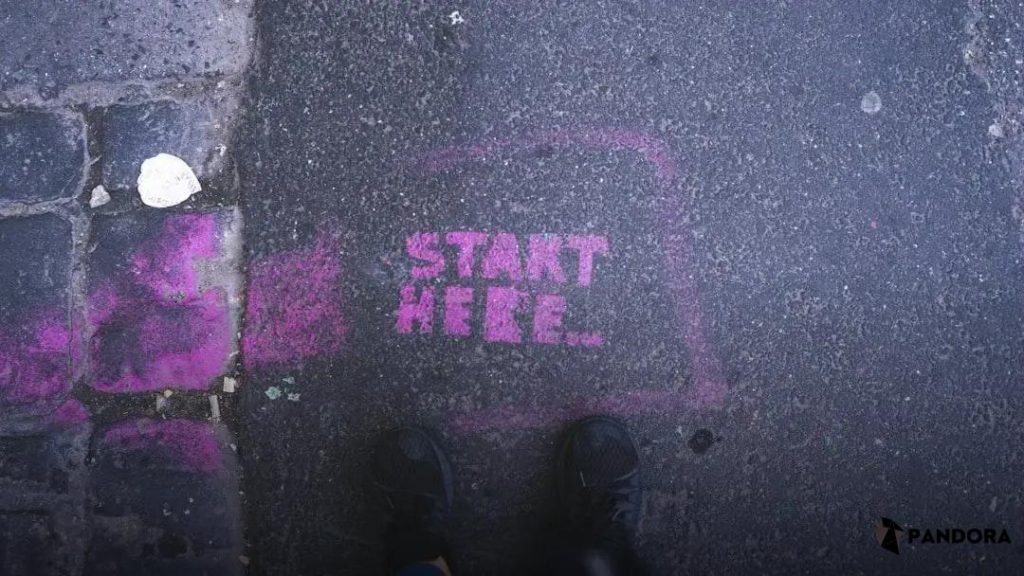In today’s diverse work environment, knowing how to be an ally at work is crucial for creating a positive and inclusive culture. Allies who actively listen and promote inclusivity can drive tremendous benefits for their team and organization. Let’s explore steps on becoming an effective ally and amplifying diverse voices within your workplace.
Understanding the Role of an Ally
An ally in the workplace plays a crucial part in creating a supportive environment that champions equality and cooperation. Acknowledging your role as an ally involves understanding that you have the power to uplift and support others who may face challenges due to bias or discrimination. This involves recognizing the diverse perspectives and contributions of all team members and actively working to foster an inclusive culture.
An ally stands up against inequitable practices and advocates for change to ensure everyone has equal opportunities. In doing so, allies help dismantle systemic barriers and promote a workplace culture that values diverse experiences and ideas. Additionally, being an ally means committing to continuous learning and self-reflection to understand personal biases and how they might affect team dynamics.
Being proactive in identifying challenges faced by underrepresented teammates is part of an ally’s role. This may involve initiating conversations about diversity, inclusion, and equity, and ensuring that these remain ongoing discussions within the team. By actively engaging in these efforts, allies contribute to a work environment where everyone can thrive and succeed.
Active Listening and Communication
Active listening is a crucial skill in being an effective ally at work. It involves more than just hearing words; it requires understanding and engaging with the speaker. By fully concentrating, understanding, responding, and remembering what is being said, you show respect and build trust.
Start by giving your full attention to the person speaking. Avoid interrupting and resist the urge to immediately share your own experiences. Nod in agreement, use verbal affirmations like “I see” or “That makes sense,” and ensure your body language is open and inviting. This shows that you value the speaker’s perspective.
Reflecting on what the speaker has said is essential. Paraphrasing their points back to them, such as saying, “What I’m hearing is…” or “It sounds like you’re saying…”, ensures clarity and demonstrates that you are engaged in the conversation. It also provides an opportunity for the speaker to correct any misunderstandings.
Effective communication in allyship goes beyond listening. It includes creating spaces for open dialogue, where team members feel safe to express their views. Encourage colleagues to share their stories and actively participate in discussions.
Be mindful
of your language and how it might affect others. Using inclusive language and avoiding terms that could be exclusionary or offensive is a key part of communicating allyship. When discussing ideas, attribute credit fairly to those who contributed, helping to amplify diverse voices within the team.
Promoting Inclusive Practices
Implementing inclusive practices in the workplace fosters a welcoming environment for everyone. Start by assessing your company’s policies to ensure they do not unintentionally exclude any group. Creating or joining an inclusion committee can help address concerns and foster a sense of belonging among employees.
It’s vital to celebrate diverse cultures and traditions. Encourage events that honor different backgrounds and holidays. Such activities increase awareness and appreciation of diverse cultures among team members.
Training sessions on diversity and inclusion are crucial. These can educate staff about unconscious biases and teach them how to act inclusively. Sessions should be interactive, enabling employees to discuss their experiences and learn from one another.
Ensure accessibility, whether it’s physical accessibility for employees with disabilities or using inclusive language in all company communications. Small changes, like using gender-neutral pronouns or accessible fonts, make a big difference.
Offer platforms where every voice is heard. Meetings should be structured so everyone can contribute. Consider using tools that allow anonymous feedback to ensure everyone’s ideas are shared and valued.
Promoting inclusive practices within your team not only boosts morale but also enhances productivity and creativity, leading to a more successful and harmonious workplace.
Supporting Diverse Voices
One of the essential aspects of being an ally at work is recognizing the importance of diverse voices. When team members feel heard and valued, they bring their unique perspectives and talents, driving creativity and innovation.
Fostering an environment where everyone feels comfortable sharing their ideas starts with encouraging open dialogue. It’s vital to create channels where team members can contribute without fear of judgement or repercussion. This could involve holding regular team meetings dedicated to sharing ideas or creating anonymous platforms for feedback.
Another key approach is actively seeking out diverse viewpoints. Encourage team members to reach out to colleagues from different backgrounds and disciplines to gain fresh insights. This can be done through cross-team collaborations or inclusive brainstorming sessions. When diverse voices contribute to decision-making, it not only enriches the quality of work but also strengthens team cohesion.
Ensure accessibility in discussions. This means being mindful of inclusive language and considering different communication styles, which allows for a more equitable exchange of ideas. Training sessions on cultural competence can greatly aid this understanding.
Mentorship and sponsorship programs are effective in supporting diverse voices. By establishing these programs, allies can help underrepresented team members gain visibility and opportunities to lead projects that showcase their strengths. This type of support can significantly enhance career growth and development.
Lastly, celebrating the achievements of all team members publicly can validate their contributions and highlight the value of diverse perspectives. Public recognition can empower individuals and inspire others to contribute their unique voices, creating a positive cycle of inclusivity and collaboration.





